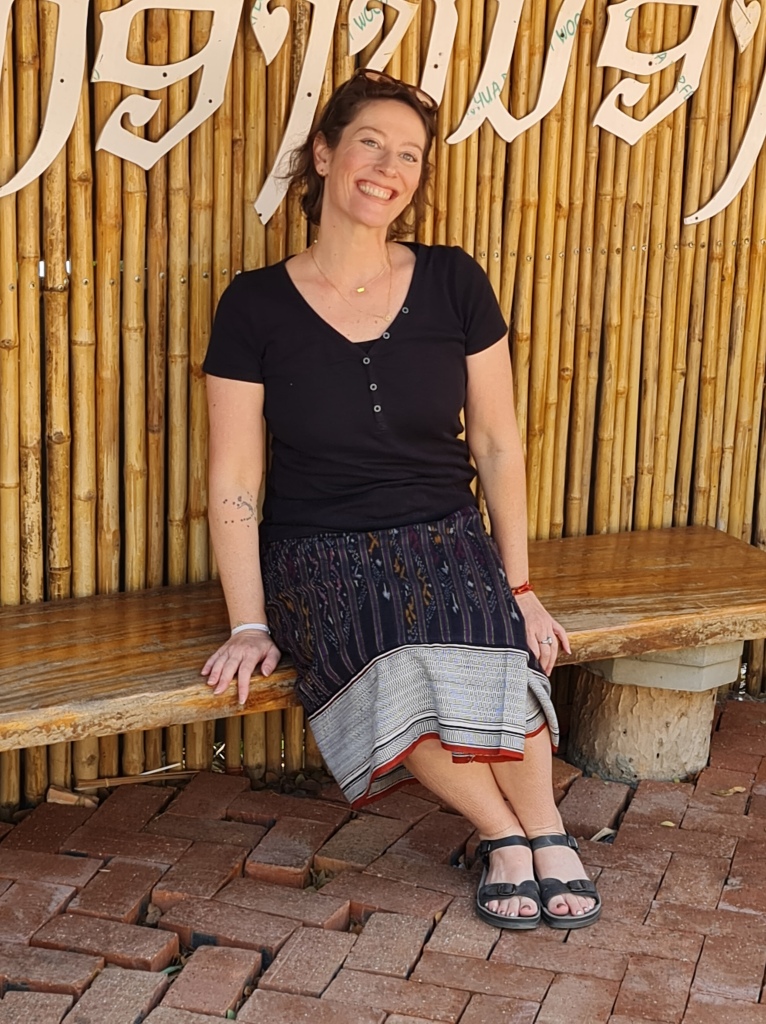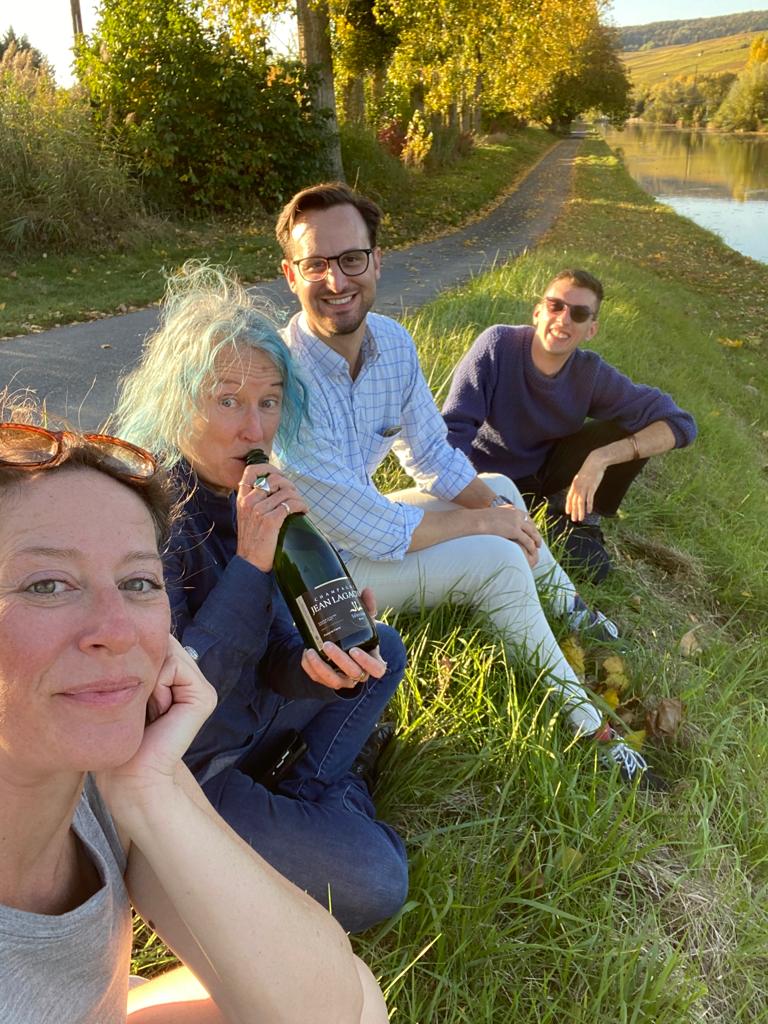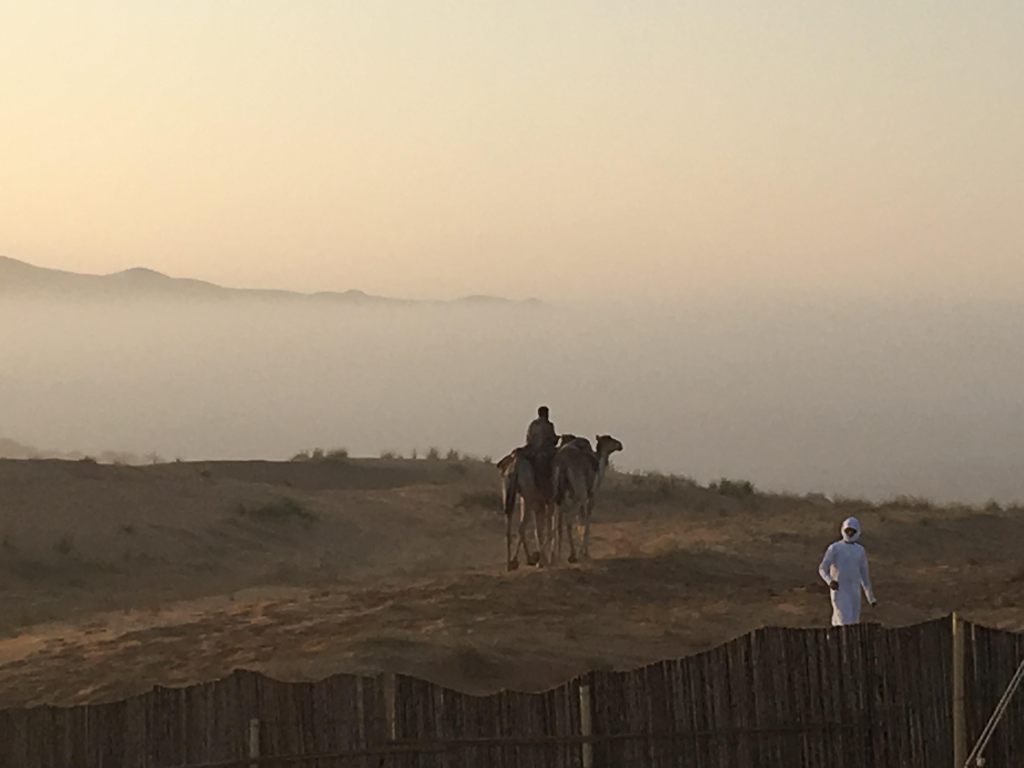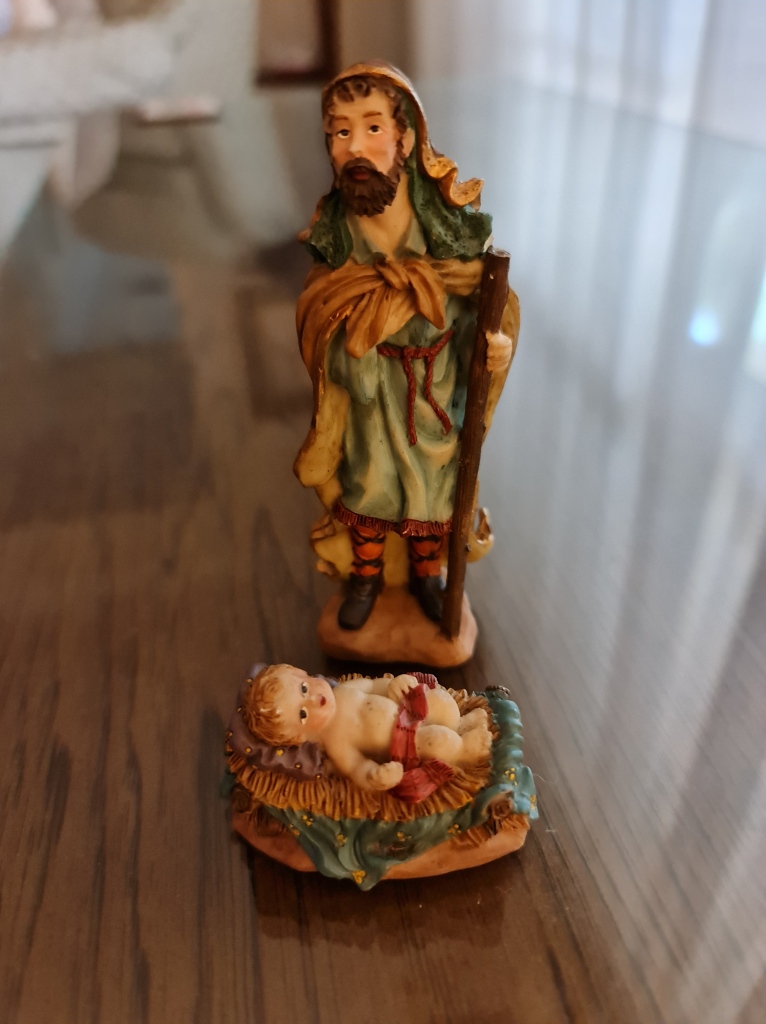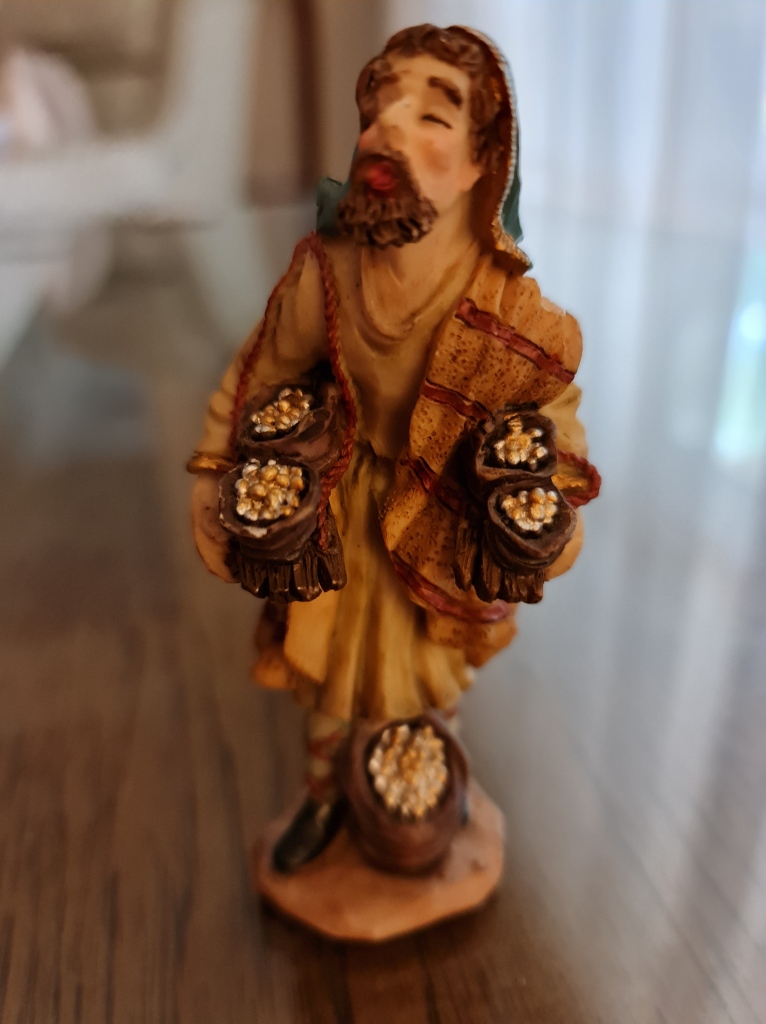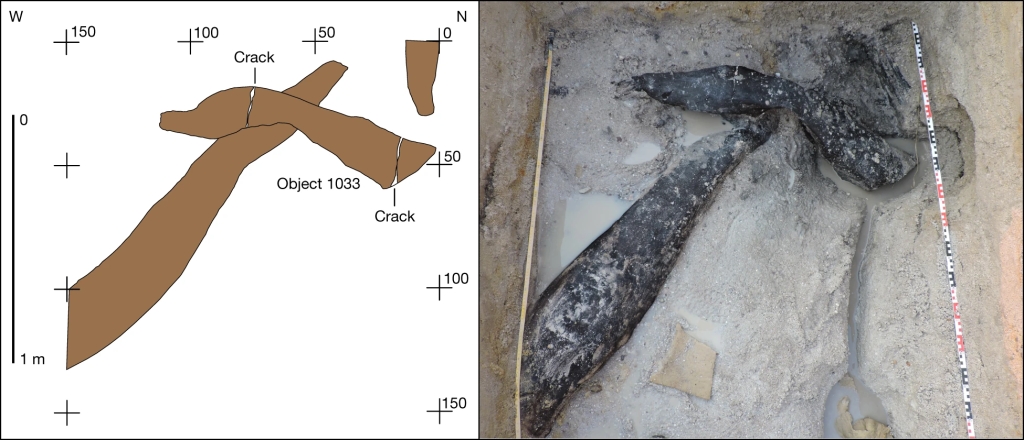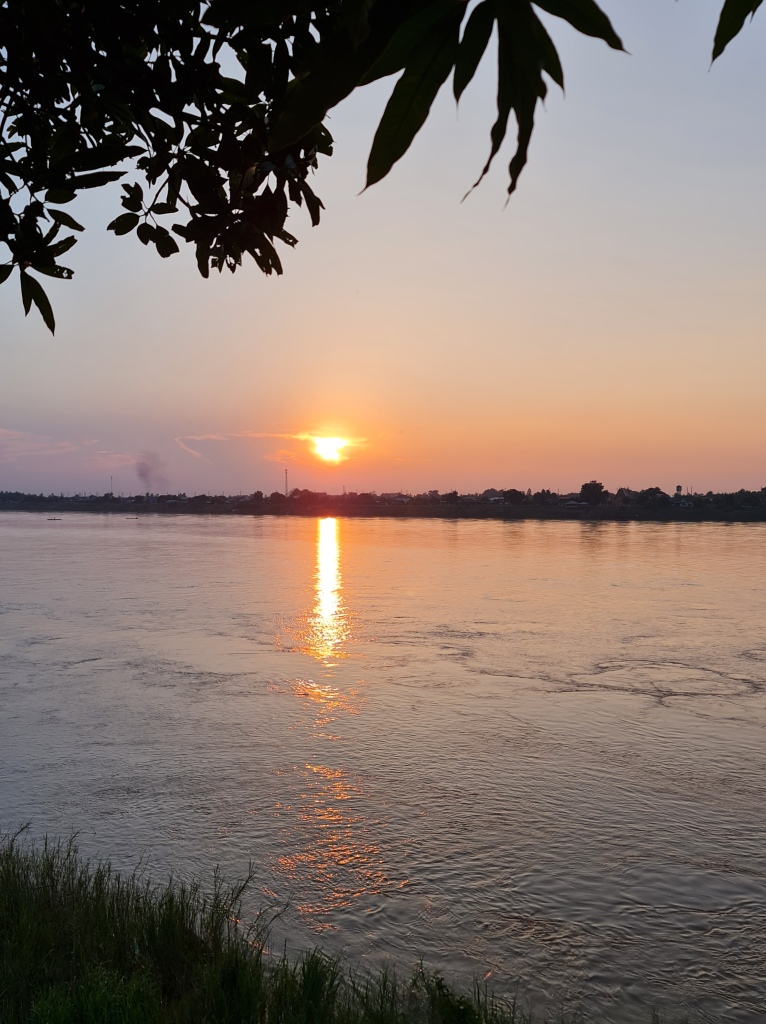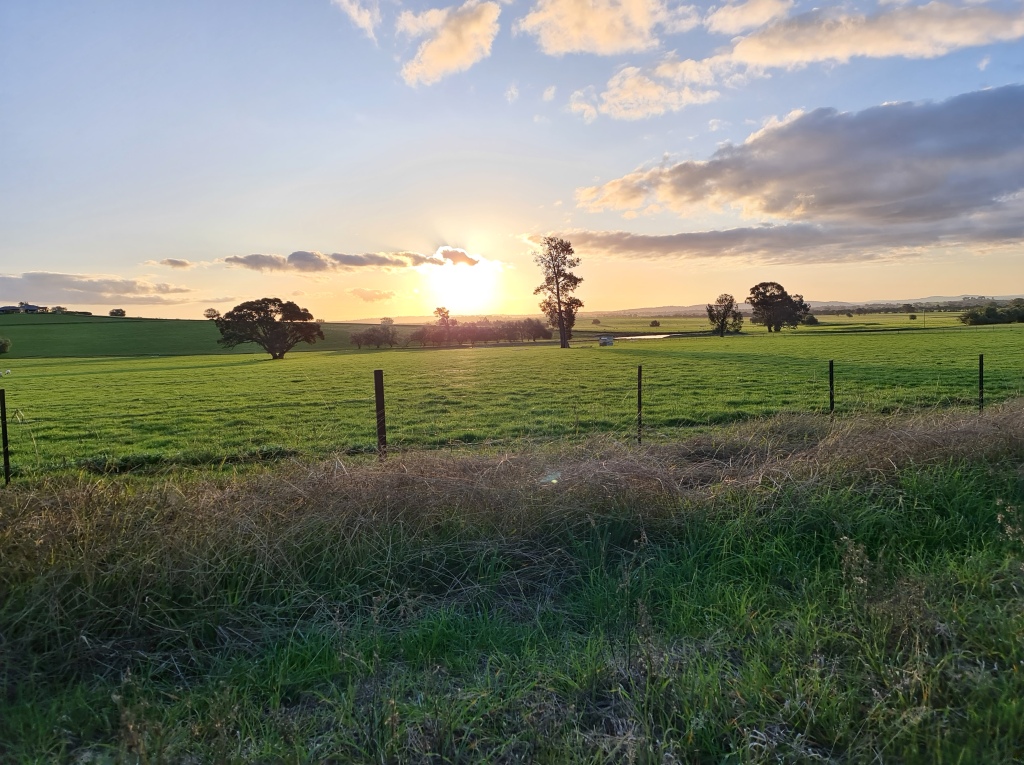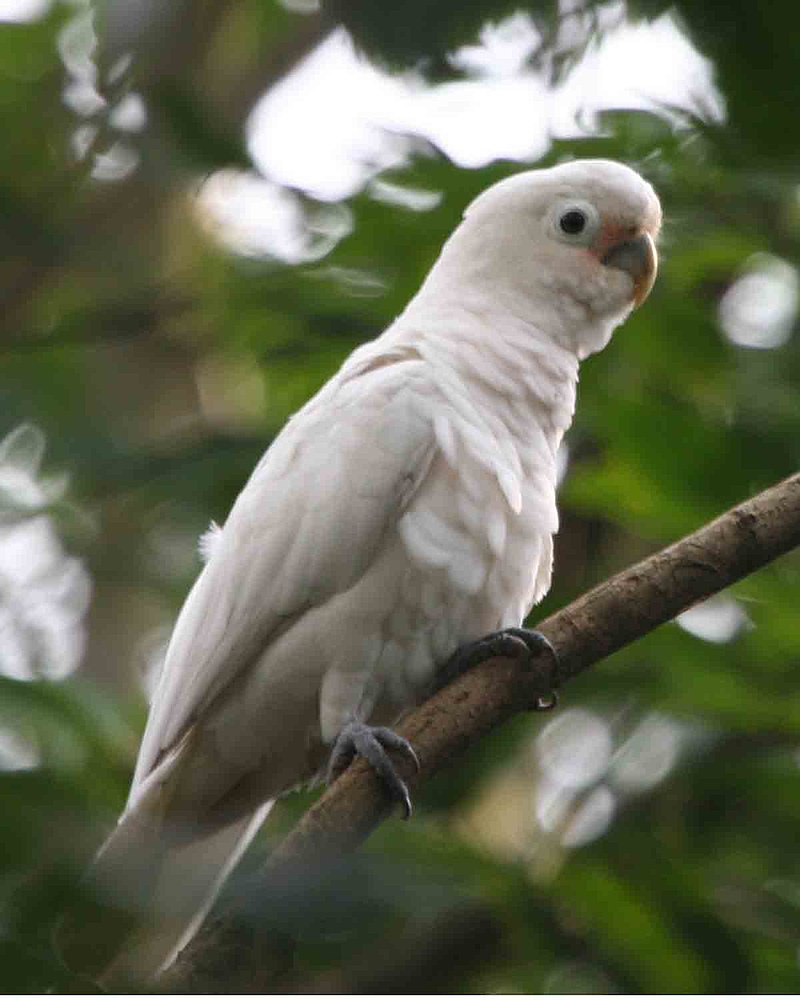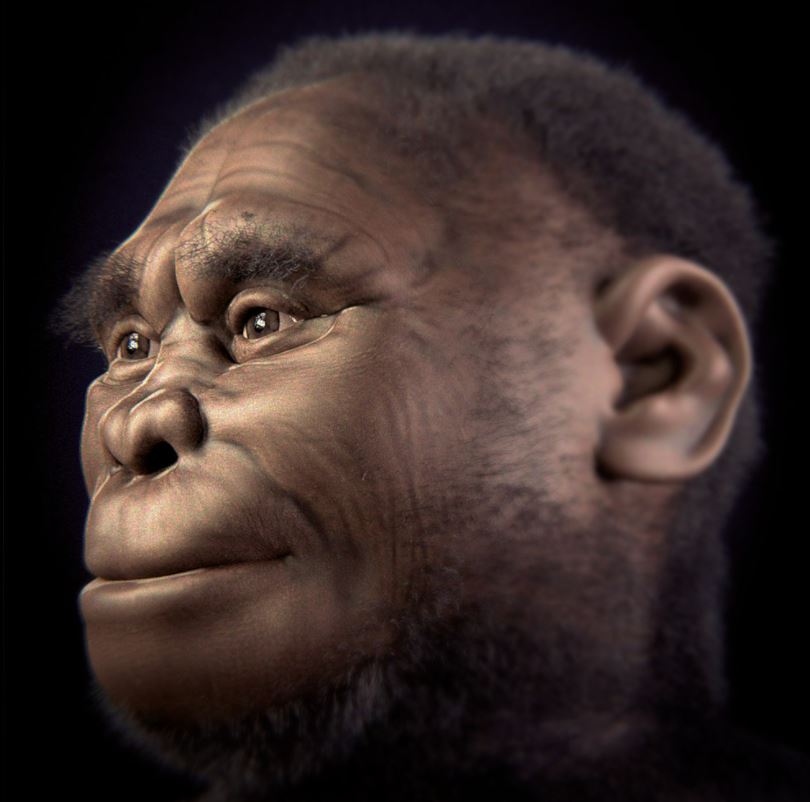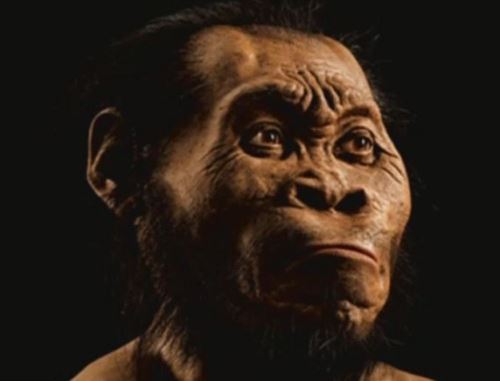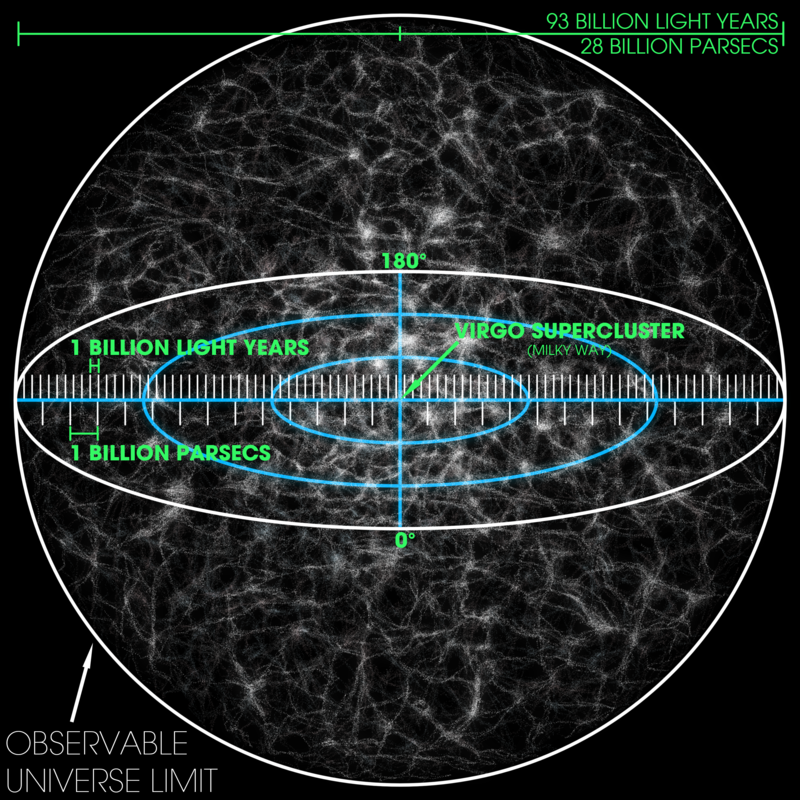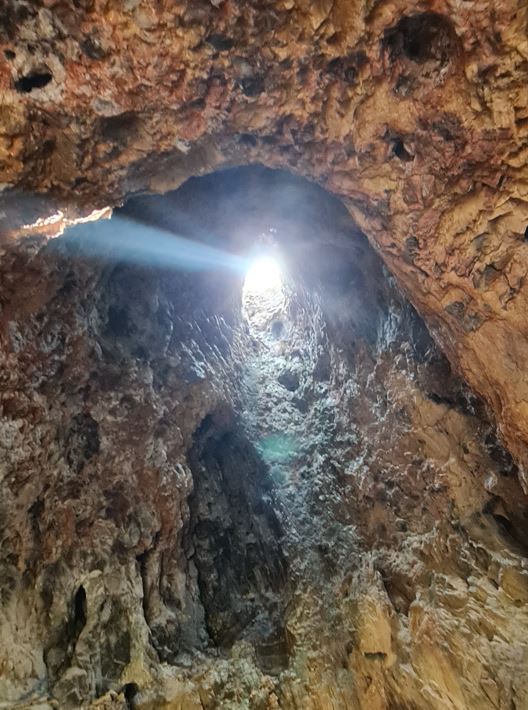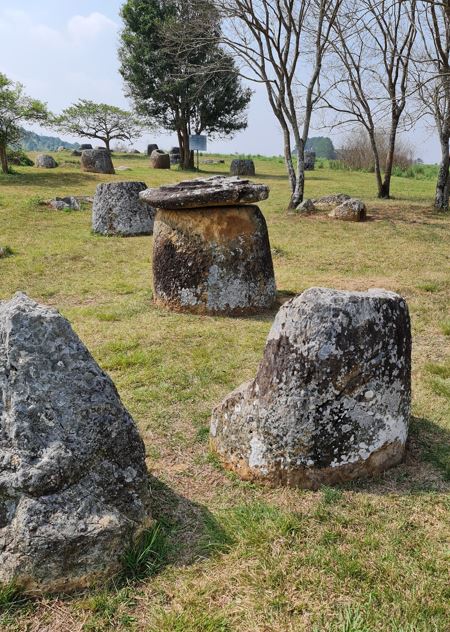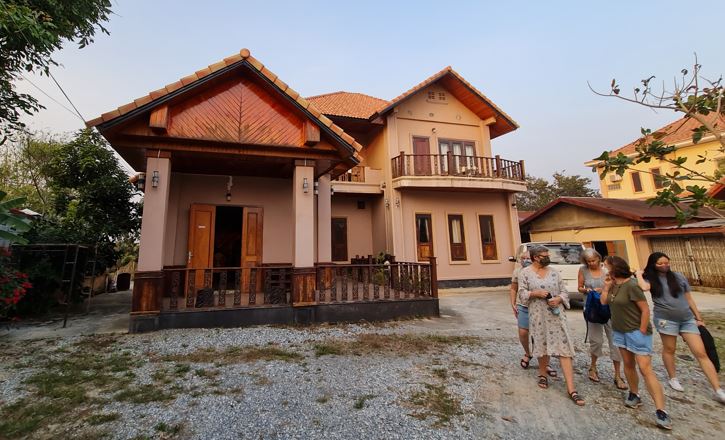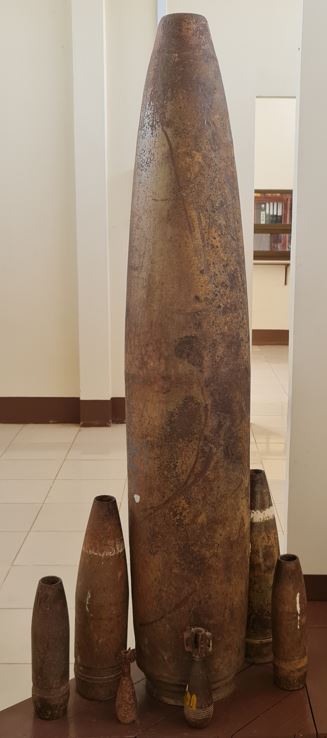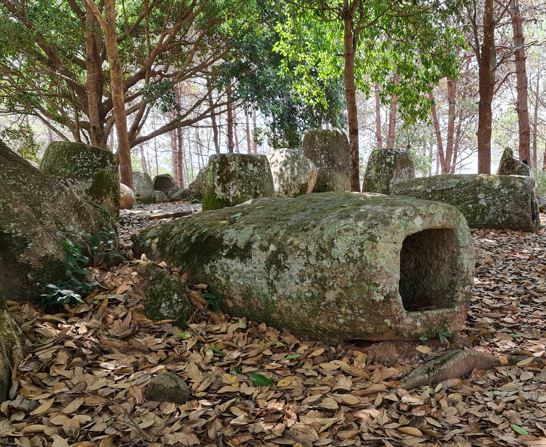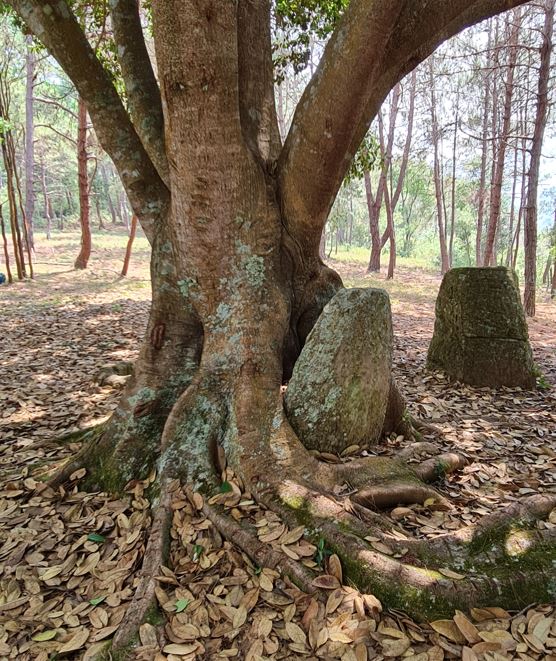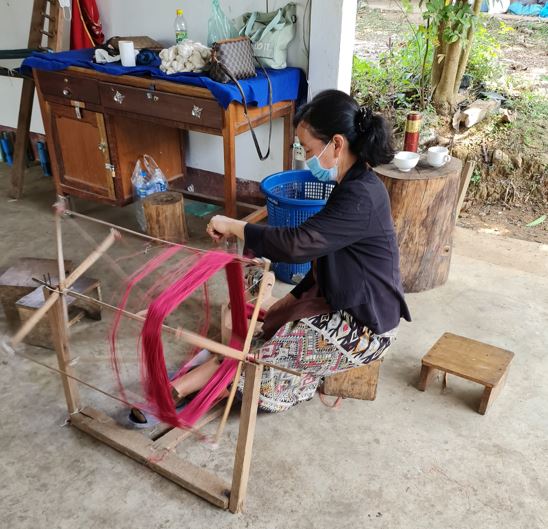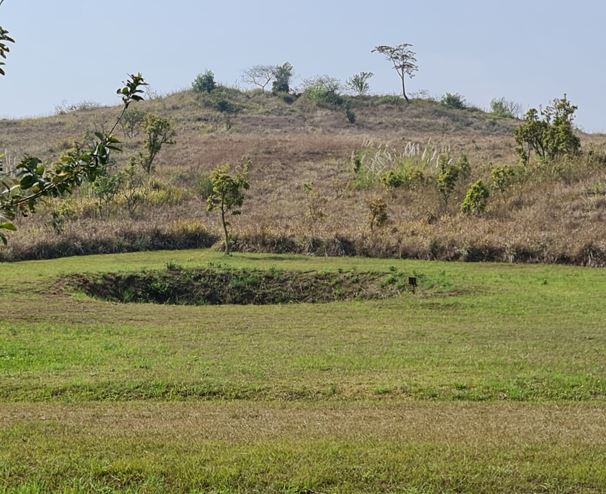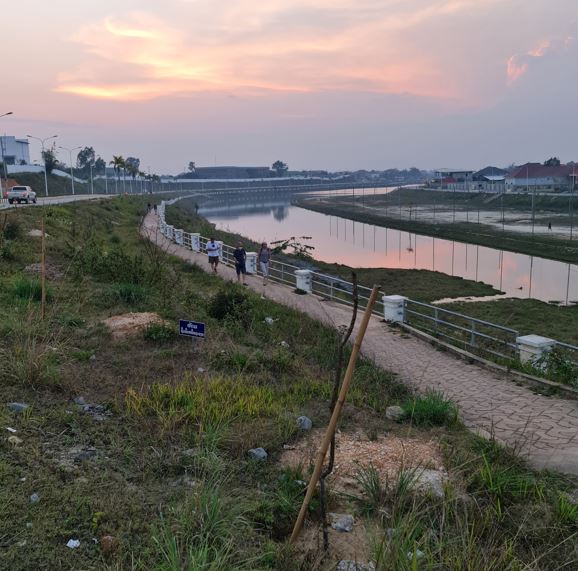From the Wahiba Sands in Oman to penguin-covered ice sheets in Antarctica, notable events in Aiyana Zinkand’s life have been accompanied by one song, a song that no matter the location, the circumstances or the sheer unlikelihood of there being any music at all, inevitably emerges like a cicada in summer.
ABBA’s 1976 Europop hit ‘Dancing Queen’.
‘The crazy thing?’ Aiyana says. ‘I can’t stand ABBA – I’m more of a Black Sabbath and Cream fan – and even though “Dancing Queen” came out the year after I was born, it is everywhere.’
In 2016 she was on a camping safari in Borneo with friend ‘Irish’ Katie. They stopped at a cinder block camp somewhere on the border between Malaysia and Indonesia. There was no electricity but plenty of rats. The safari staff provided the entertainment in the Orangutan Irish Bar, basically a jungle football pitch decorated with Chinese and American flags.
‘We were sitting there, literally picking off leeches as we drank warm beer, when one of the Malaysian workers picked up a moisture-sodden and out-of-tune guitar and started playing ‘Dancing Queen’.
‘It was hard to pick out exactly what he was singing because he barely spoke English, but I knew it was “Dancing Queen”. No one else figured it out until the final verse.’
#
Aiyana was born in Baltimore, Maryland. Family dynamics were tricky, and she grew up in Maryland, Michigan and Florida.
‘I was a good kid. Stole a police car once, but otherwise I’ve always been on the straight and narrow. Hard working and very sporty.’
Aiyana’s sport of choice was ice hockey.
‘I was a rep player, but because I was a kid couldn’t play professionally. I hoped to pick up a university sports scholarship and go down that line.’
But then, when visiting her father and grandparents in Florida, she was involved in a car accident.
‘I broke ribs, an ankle and knee cap, and dislocated a few vertebrae. There goes my illustrious sporting career.’
#
‘I’ve been travelling all my life, and I’ve heard “Dancing Queen” in a least 30 different countries,’ Aiyana says. ‘That song is everywhere. And everyone knows it.’
The first time she remembers hearing it as the background musical motif to remarkable events in her life was in a karaoke bar in Budapest around 2005.
‘I was working on the thesis for a master’s degree in economics. I got a grant from the Smithsonian exploring postwar reconstruction in Eastern Europe, comparing cities that had concentrated on either cultural or commercial development. But to make enough money to live and travel on I also worked as part-time chaperone for German students on cultural trip through middle Europe: Germany, the Czech Republic, Hungary and Austria.
‘I was meeting up with them in Prague. It was a cold miserable night with a blizzard howling outside. I got to my accommodation about 10.00 pm, resulting in being yelled at by the landlady for being so late. Her husband handed me a huge key ring with lots of keys on it; I didn’t quite get what they were all for because the man was drunk and I could barely understand him.
‘It turned out my room had been given to someone else, and the room I’d been given instead had no bathroom of its own, hence all the keys. Anyway, I didn’t really know any of this at the time and went to what I thought was still my room, opened door to the bathroom … and there was a naked woman there. She screamed. I screamed. We all screamed.’
After things calmed down and they sorted out who had which room, they got talking. The woman’s name was Susanna. She was Spanish and married to a Swiss banker.
‘She was running away from her husband and using his credit cards to spend all his money. The only things she had with her were a red hat box, a fur coat and a crate of Dom Pérignon. Her plan was to live the high life until her husband realised what she was doing and cancelled the cards, whereupon she would divorce him.
‘She had no transport of her own, so we did a lot of driving around together. Then we hit Budapest. More blizzards. We found an underground karaoke bar that played crappy hits from the 70s and 80s. Then it happened. Susanne started singing “Dancing Queen”.’
#
When she finished school, Aiyana moved to California. To keep body and soul together she did 27 different jobs.
‘At some point I found myself doing legal research work for an environmental lawyer. This is about the time things were really starting to happen for long term environmental issues. I was still bartending at night and serving coffee in the morning. But I was good with numbers and eventually worked fulltime with this lawyer. He paid bonuses in the form of college classes in economics, business, math – stuff related to his business. I became his financial forecaster for projects he was handling.
‘I earned a degree in economics in 2005, one class at a time, and became an expert in my field: RFPs – Requests for Proposal – where the state and federal governments put out tenders for work. So I ended up working for both the government and the private sector.
‘The work was intense. At one point I had projects running simultaneously between Sudan, Kuwait, Argentina and Alaska. At the time I was living in Washington, D.C., and had calls coming in every 45 minutes, 24 hours a day.
‘So here I was working with international budgets, forensic accounting, travelling and kind-of-living in Ethiopia, Sudan and Afghanistan while doing work for the UN …
‘And I burnt out.’
#
‘On one trip I was on an Argentinian ship on my way to Antarctica – work to do with base consolidation – and the captain manoeuvred us close to the ice shelf so we could look at some penguins. To set the mood, for whatever reason, he put a song on the intercom.
‘You guessed it. “Dancing Queen”.’
Aiyana stresses that sometimes the song was part of normal, even exuberant, events in her life.
‘I remember being in Aÿ, France, with my best friend, drinking champagne and singing “Dancing Queen” at the top of our lungs. This is just one week after leaving Qatar and one day after hearing the song while watching firemen celebrating the start of summer by leaping naked into a canal during the Boat Festival in Leiden. And I heard it recently at the Garage Bar in Vientiane, looking out at a sunset on the Mekong River.
‘So the song’s associated with good events, not just bizarre ones.’
#
Aiyana says it wasn’t just the sheer amount of work alone that got her down.
‘Increasingly, I wanted to do something that honoured my Quaker religion, rather than dealing among other things with the military and weapon contracts, something that started after 9/11.
‘One of the tipping points was when I was involved in final negotiations for a contract dealing with a Senate oversight committee. We were sequestered in a hotel for the duration, which ended up being about 10 weeks. The day we were released I came out of the air-conditioned hotel smack into a heat wave none of us had any idea was going on. It was 109oF.
‘Living like this in my 20s and 30s … well, my life was disappearing.’
She said she had friends who were international teachers who actually ‘lived’ in the places they worked, who interacted with local people and local culture and history.
‘I was visiting one of these friends who taught in Dakar, Senegal. By that time I was thinking about switching from economics to mathematics, which had really started to fascinate me, and career-switching to teaching. It was New Year’s Eve. Fireworks like I’d never seen before. And, of course, running in the background, “Dancing Queen”.
‘I told my friend about my changing interests, and she immediately shouted out to her boss that I wanted to become an international teacher specialising in mathematics. He told me that with my experience – if I got teacher qualifications – a school like his would snap me up.
‘So that’s what I went and did.’
#
Every year, Aiyana used to take her dad to Ikki Woo Woo’s Tiki Beach Bar at the Thunderbird Hotel on Treasure Island in Florida, on the coast of the Gulf of Mexico.
‘One time we were there my dad heard “Dancing Queen”. Infuriated, he stood up and shouted: “Fuck Abba!”
‘He then walked off into the sunset, ramrod straight, without his walking cane.’
#
Aiyana did her teaching degree in the US between 2010-2012, ending with her second masters.
‘So I changed my life and became a teacher. I lived and taught in Qatar, and then the Netherlands, and now I teach mathematics to students at the Vientiane International School in Laos.’
#
Aiyana was holidaying in Oman as a last hurrah before leaving the Middle East to live in Europe, and camping in the desert at Wahiba Sands.
‘I got up early so I could watch the sunrise over the desert – one of my favourite things to do. It was 5.00 am.
‘Then I hear it. What the fuck? In the distance I see a camel herder with five camels and a boombox on one shoulder, and blaring out of the boombox was Abba’s “Dancing Queen”.
‘Figures.’
